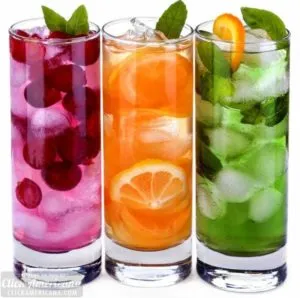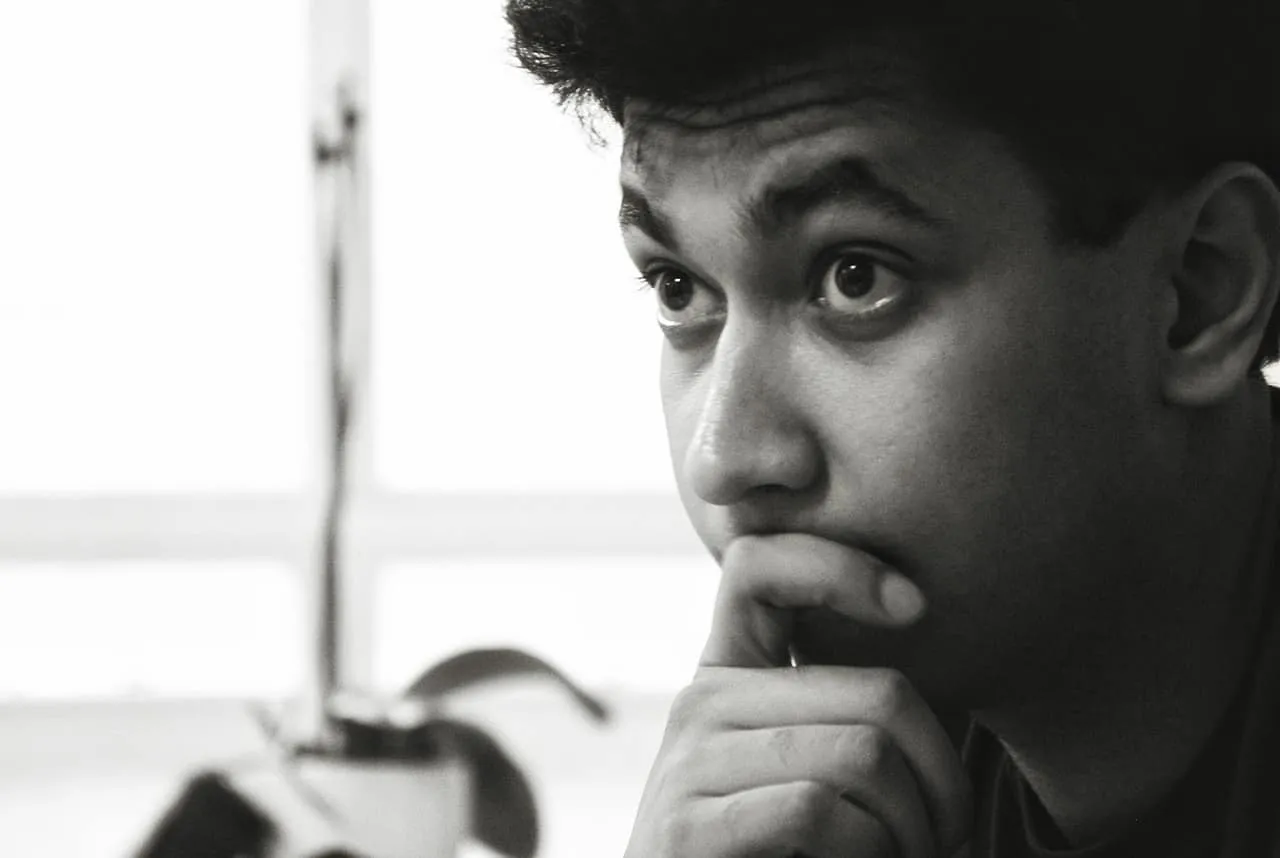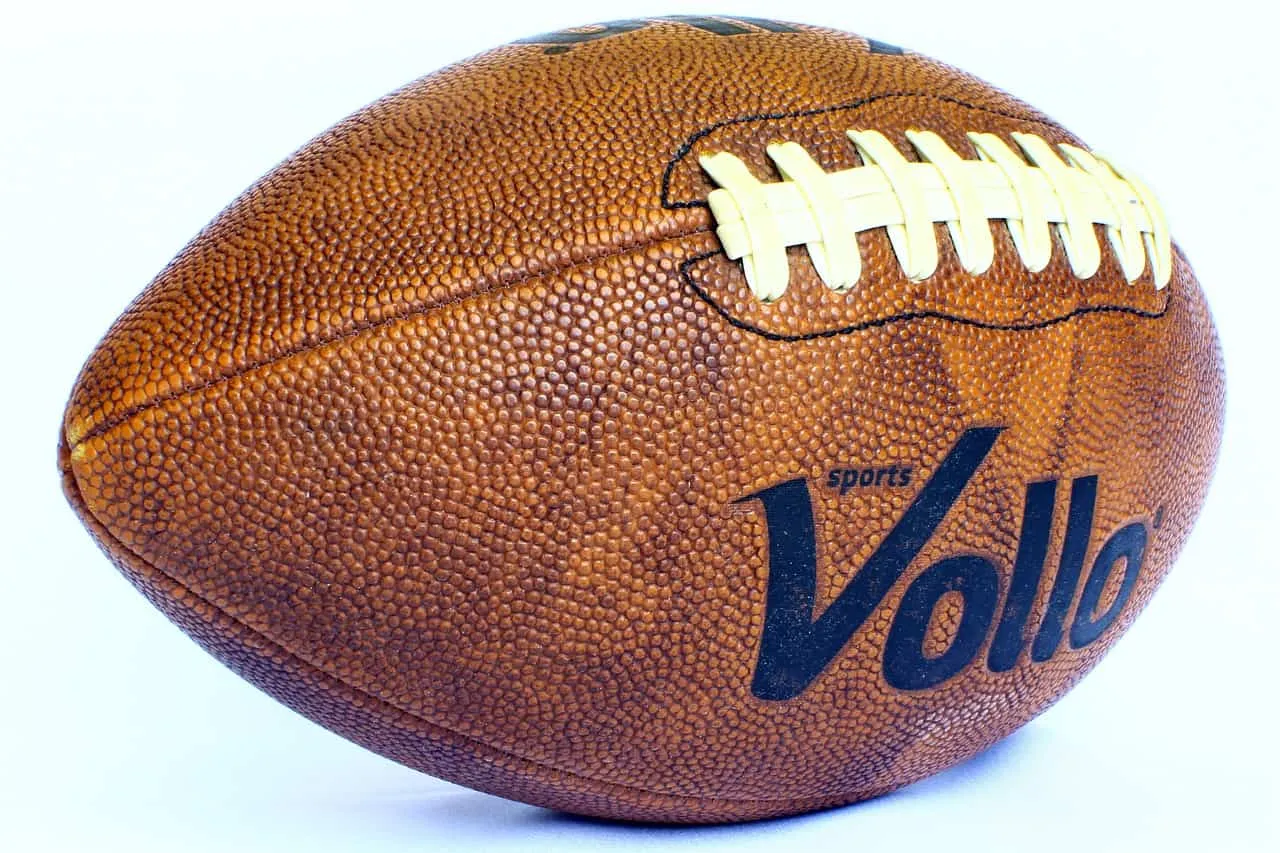 The holiday season is in full swing, with plenty of parties and other opportunities to celebrate with friends, family, and loved ones. For a drunk driving offender with an ignition interlock device, however, these festive times can be nothing but a roadmap to further trouble. Non-alcoholic drinks can seem like a great compromise, but, there is still a warning attached to many of the “mocktails” and “near beer” varieties on the market, especially when you have to prove to your ignition interlock device that you are sober before you head home.
The holiday season is in full swing, with plenty of parties and other opportunities to celebrate with friends, family, and loved ones. For a drunk driving offender with an ignition interlock device, however, these festive times can be nothing but a roadmap to further trouble. Non-alcoholic drinks can seem like a great compromise, but, there is still a warning attached to many of the “mocktails” and “near beer” varieties on the market, especially when you have to prove to your ignition interlock device that you are sober before you head home.
Most non-alcoholic beer and wine beverages still contain a small amount of alcohol; around .05% or less alcohol per serving. The good news is that in order to reach the same average alcohol content in one beer, a person needs to drink around 9 “near beers,” and the same could be said for non-alcoholic wine.
That does not mean, however, that an ignition interlock will not be able to detect that you’ve had a few non-alcoholic drinks. Your device has a much lower tolerance for your blood alcohol concentration (BAC) than the breathalyzer used by law enforcement. Since you have an interlock as a result of a drunk driving conviction, your BAC is restricted by the device to a much lower limit than the .08 percent that defines legal intoxication: somewhere between .02 – .03 percent BAC. At that limit, you could potentially “blow” your interlock test after just a few non-alcoholic drinks, even if you do not feel intoxicated in the slightest.
It can be hard to turn down a friendly “happy hour” invite, but the responsibility to remain sober behind the wheel does not end just because the holidays have arrived, or because you are drinking non-alcoholic beverages. An ignition interlock can still tell if you have been drinking, even if just a little bit, risking more trouble than what you may expect even with “just a few” non-alcoholic drinks.

 Top Reasons to Install an Voluntary Ignition Interlock
Top Reasons to Install an Voluntary Ignition Interlock